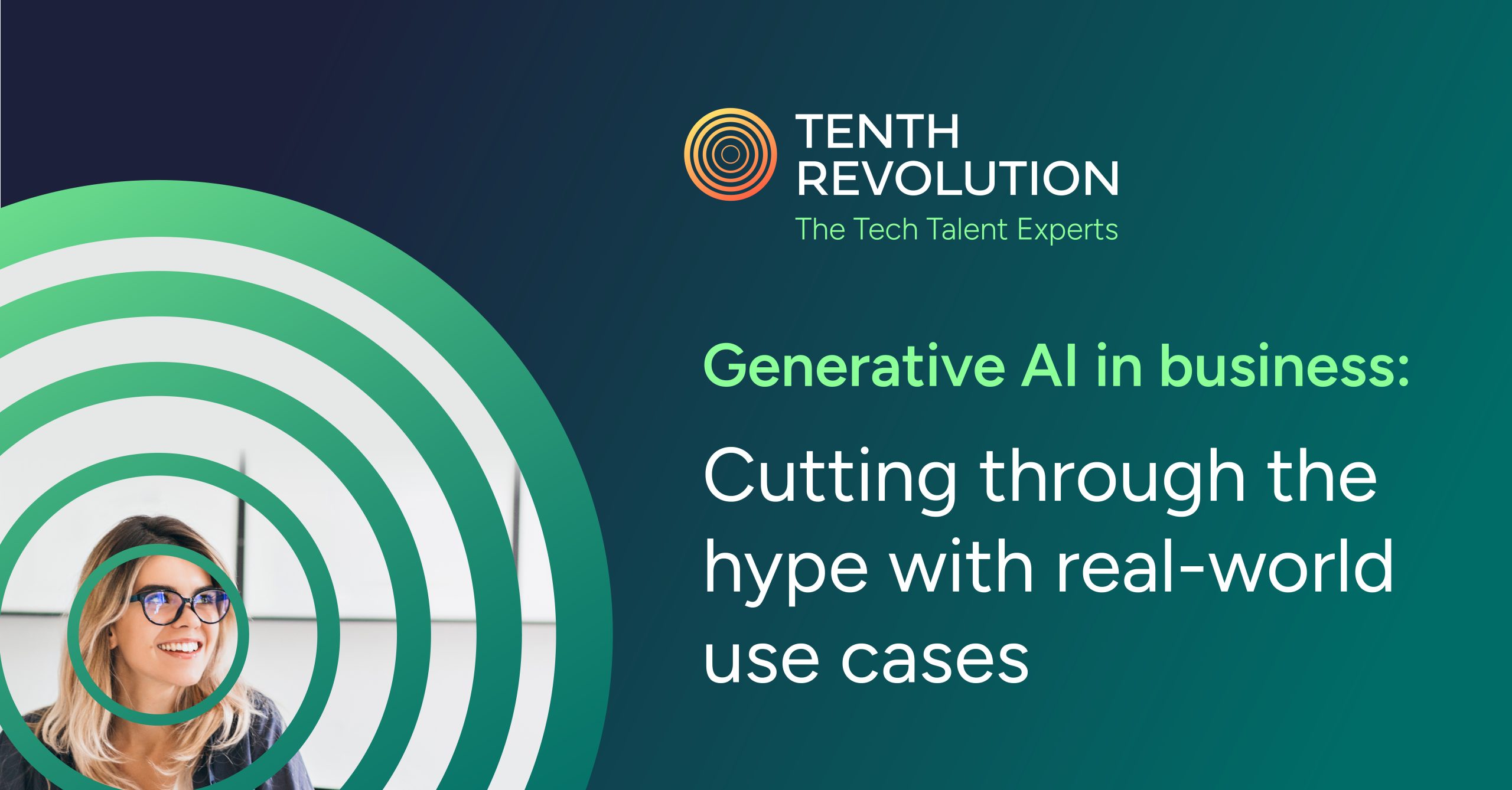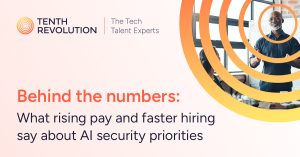The generative AI conversation has shifted.
Last year’s question—”What can this technology do?”—has been replaced by a more urgent one: “Where does it drive measurable business value?” As the dust settles on the initial wave of experimentation, clear patterns are emerging about where and how these tools deliver impact.
Here’s what leaders need to know.
Customer operations: Where generative AI pays off fastest
Customer-facing functions consistently show the fastest and most significant ROI from generative AI implementations. The technology’s real power lies in its ability to overhaul complete operational workflows.
Over at KLM Royal Dutch Airlines, AI agents are used to process more than 50% of customer inquiries, from rebooking flights to handling baggage claims in 15 languages. Response times dropped from hours to seconds thanks to the 24/7 hyper-personalized support AI agents provide.
Meanwhile, Salesforce’s Einstein Copilot is tackling dynamic sales coaching by analyzing customer calls in real time, suggesting next-best actions to reps based on tone and content, with early adopters reporting 30% faster deal cycles.
The key is to focus on high-volume, repetitive interactions where small efficiency gains compound fast.
Exploring how to move from experimentation to implementation? Tenth Revolution Group can connect you with trusted technology talent who know how to translate GenAI potential into measurable business results.
Content creation’s new industrial revolution
Marketing and creative teams are moving beyond one-off experiments to systemic AI adoption. AI isn’t replacing creatives, but instead isallowing them to focus on high-value strategy by automating the grind. It’s even helping teams digest crucial information faster across complex industries.
Last year, Bloomberg launched AI-powered earnings call summaries, designed to convert earnings reports into analyst-ready briefs in seconds. This is work that previously took junior staff hours. The tool helps users decode complex financial information and pull out insights on topics like capital allocation, hiring and labor plans, supply chain issues, and consumer demand. On the more creative side of things, Unilever now generates product images using AI, maintaining brand consistency while creating imagery twice as fast and 50% cheaper.
Data mesh: Governance that scales with innovation
Centralized data governance models, where IT dictates every policy, often clash with the pace of modern business. Data Mesh, an emerging paradigm, offers a solution. Instead of a bottleneck, governance becomes a shared responsibility. Business units own their data domains but adhere to global standards, enabled by self-service tools. Imagine a marketing team checking compliance rules via an API before launching a new customer analytics project—no tickets, no delays. For executives, this approach balances control with agility, ensuring governance doesn’t stifle innovation.
The quiet revolution in back-office efficiency
While less flashy than customer applications, internal process automation delivers some of the steadiest returns.
Multinational conglomerate Honeywell’s AI copilot handles routine IT help desk requests, cutting human-processed tickets by 80%. Another AI tool draws from the company’s knowledge base of 350,000 product manual pages and 50,000 internal articles to resolve employee queries autonomously. In Brazil, digital services company Fluna has automated the analysis and drafting of legal agreements using AI, achieving 92% data extraction accuracy while keeping sensitive information safe and secure.
These applications share three traits: clear success metrics, structured input data, and human oversight points.
If you want GenAI to deliver value in customer service, marketing, or back-office operations, Tenth Revolution Group can provide access to the talent who make those use cases real.
Navigating the implementation minefield
For every success story, there are plenty of pilots that never made it out of the starting blocks. So, what are the differentiating factors, and how do you ensure your use case transitions from blue-sky thinking to making an impact?
Firstly, start with pain points, not technology. Walmart’s AI-powered inventory forecasting succeeded because it targeted the known big-money problem of overstocking and stockouts.
Then, pick an area to focus on and validate before you scale up by launching controlled pilots. For a financial services firm, a pilot for an AI chatbot for customer complaints could be rolled out in three phases:
- Phase 1: AI suggests responses to agents, who approve every reply
- Phase 2: AI auto-answers 20% of simple queries like balance checks or branch hours
- Phase 3: After 90% accuracy validation, handles 50% of cases fully autonomously
Once your use case is fully deployed, measure what matters by tracking impact on operational KPIs, not just technical performance.
What leaders should do next
- Run targeted pilots: Identify one or two processes where small efficiency gains would have a disproportionate impact
- Upskill judiciously: Equip teams to work with AI (prompt engineering, validation) rather than replace roles wholesale
- Pressure-test vendors: Demand case studies showing business outcomes (revenue lift, cost reduction), not just technical capabilities
The most successful implementations treat generative AI as an accelerator of existing strategies, not a magic bullet. Finding your pain point and seeing what AI can do to help you tackle it is the best way to start seeing real results.
Looking for data talent who can help harness the power of generate AI?
We can help you find the trusted tech talent you need to grow while checking all the right boxes.
Get in touch today to get started.











